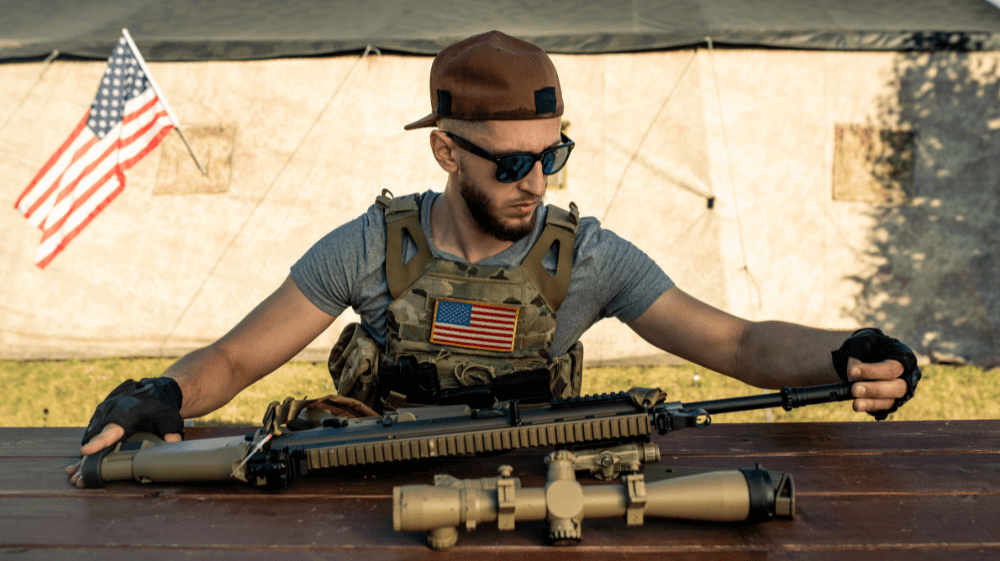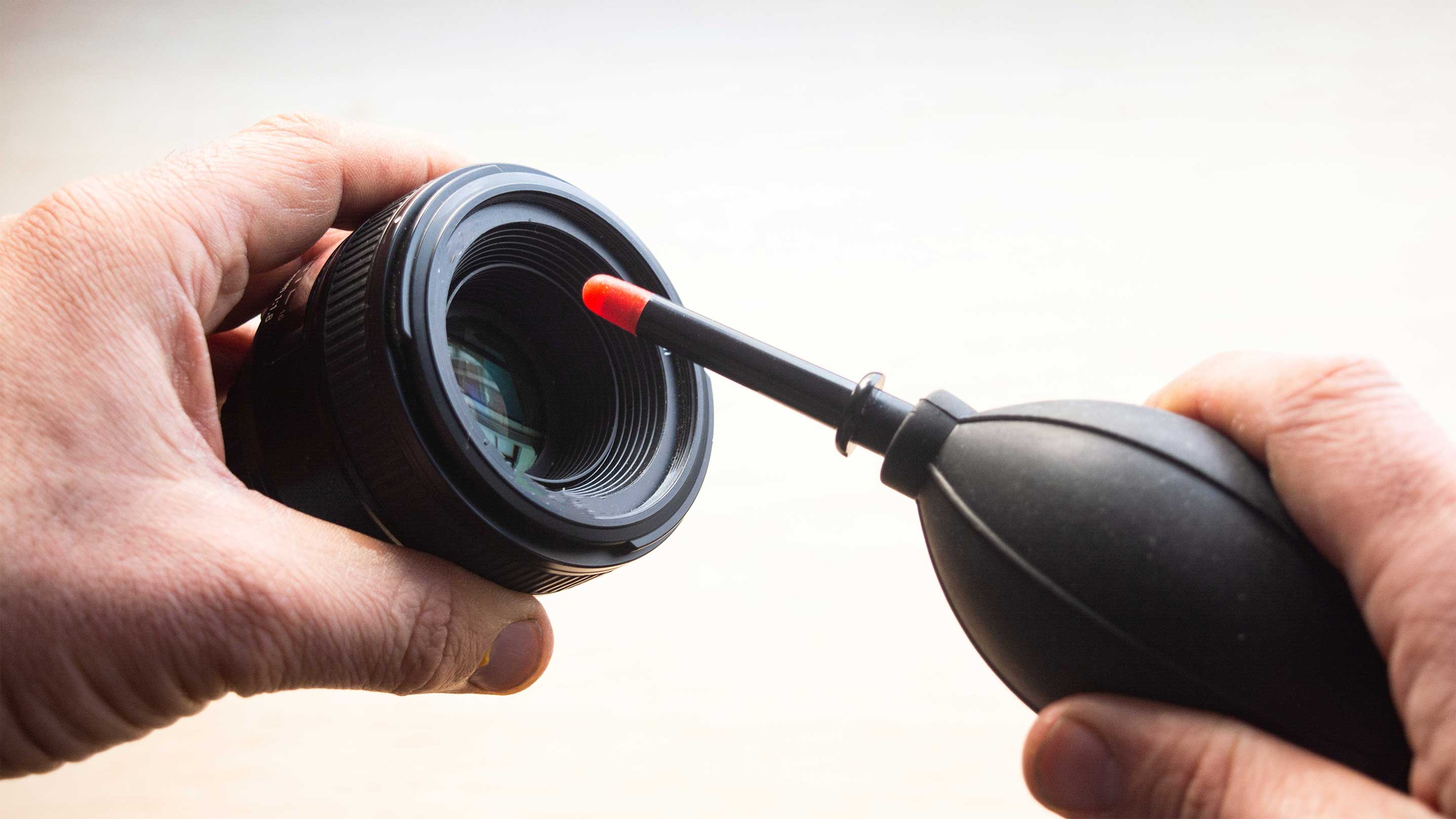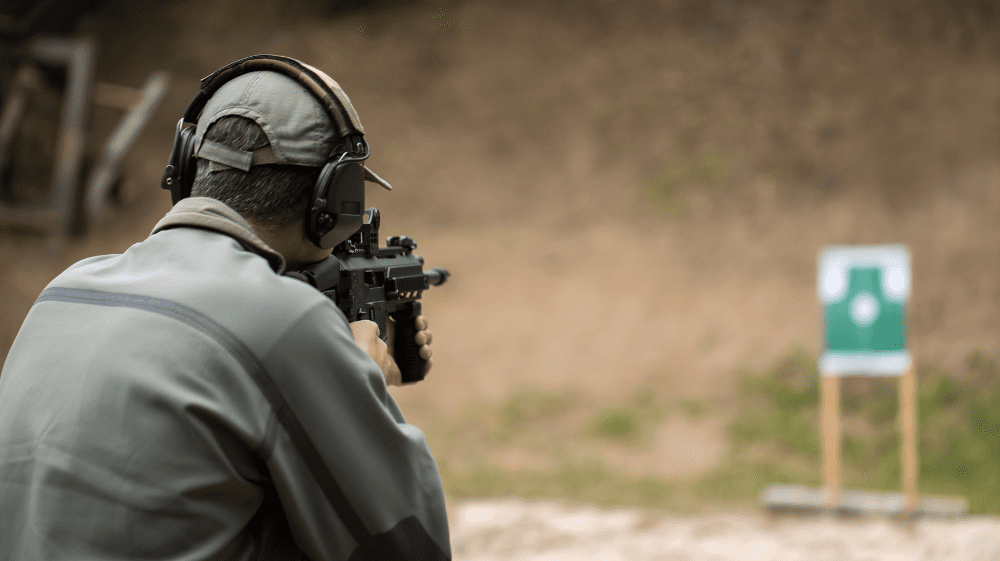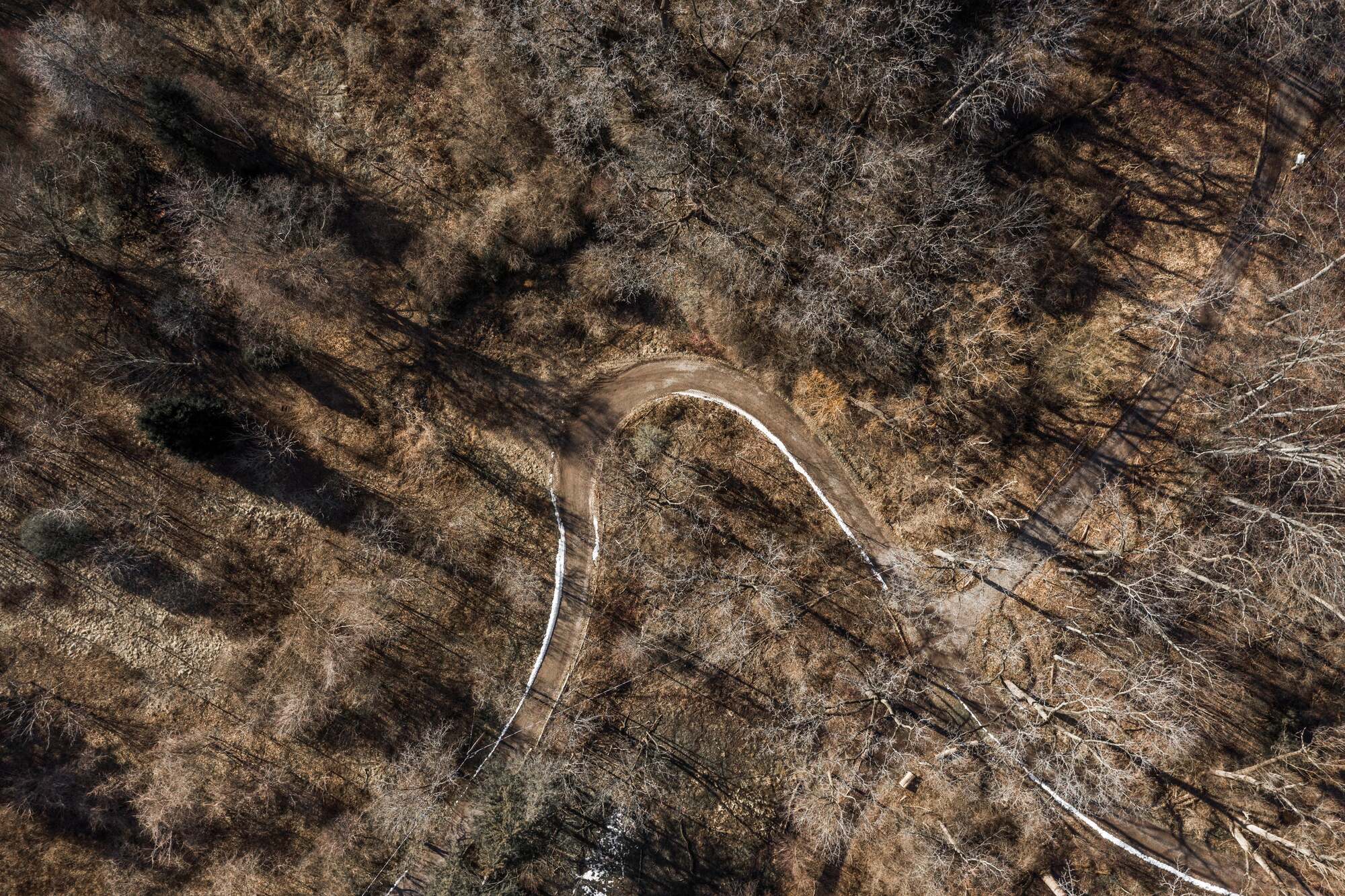As rifle owners and shooters, it's our responsibility to prioritize safety above all else. Using a rifle scope adds another dimension requiring specific practices to ensure safe shooting for yourself and those around you. From proper scope mounting to handling firearms safely to being cognizant of your environment, there are key considerations that must be followed.
In this comprehensive guide, we'll cover essential rifle scope safety protocols and responsible shooting practices. Following these can help prevent injuries, accidents, and irresponsible behavior when sighting in scopes or taking them into the field. Rifle shooting should be an enjoyable experience, but only when done with the utmost safety and care.
(Reading Time: 5-7 Minutes.)
Proper Mounting and Eye Relief
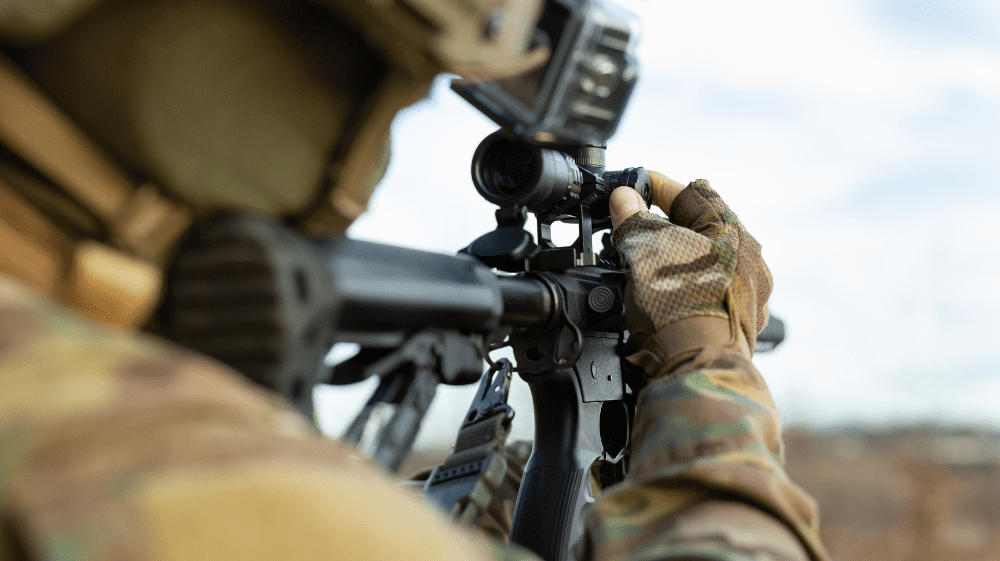
One of the most important scope safety aspects is ensuring it's mounted correctly and you have the right eye relief set. Proper mounting is crucial for accuracy, but also to prevent injuries:
Secure Scope Mounting - Use the appropriate torque values and follow the manufacturer's directions for securely mounting your scope. An improperly mounted optic could come loose during recoil.
Eye Relief Adjustment - Most scopes have an eye relief specification, usually a couple of inches. Adjust the scope's position to set this proper eye relief so you get a full field of view safely away from any recoil impact.
Avoiding Scope Eye - "Scope eye" refers to the dreaded impact or bruising around the eye socket from recoil when shooting with improper eye relief. It's uncomfortable at best and can cause severe injury. Always ensure you're the proper distance from the optic.
Safe Sight-In and Zeroing
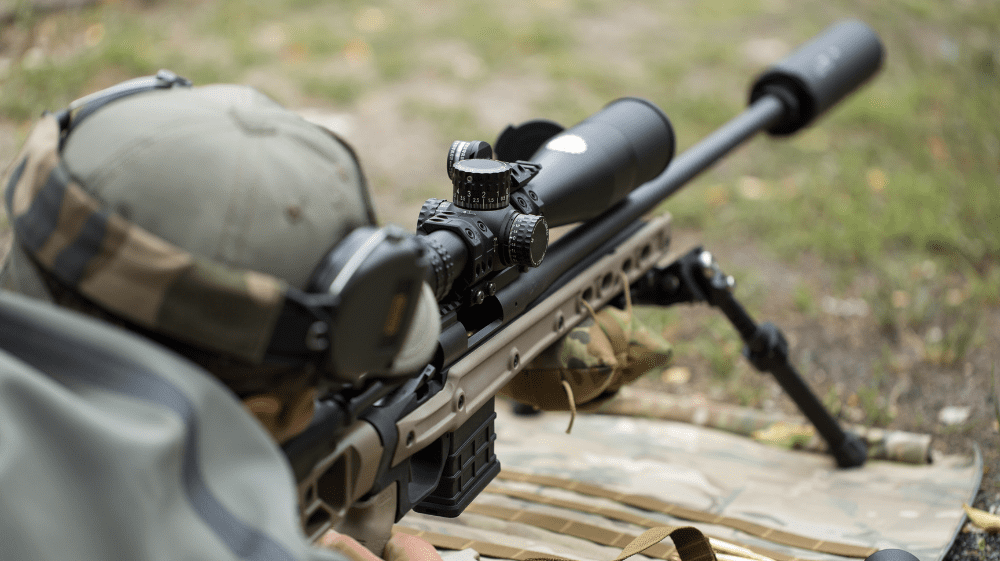
Getting your new rifle and scope sighted-in and zeroed at realistic distances is essential for accuracy. But the zeroing process requires key safety steps:
Safe Backstop - Always sight-in and zero at a properly constructed range with a sufficient backstop to avoid any fired rounds leaving the range perimeter safely. Avoid shooting across open public areas.
Target Identification - Prior to any live-fire, clearly identify your target and ensure there is sufficient backdrop preventing any rounds from traveling through the target area.
Chronographing Data - If adjusting ballistics for range estimation, use a chronograph to get precise velocity data from your loads before making turret adjustments.
Methodical Bore Sighting and Live Fire - First, safely bore sight or use a laser to roughly zero the scope, minimizing shots needed for live-fire zeroing. Then conduct slow, methodical live rounds for fine adjustment.
Safe Handling with Muzzle Control
When actively shooting with a scope, maintaining proper muzzle control and treating every firearm as if it is loaded is of utmost importance:
Rifle Always Loaded - Even after verifying it's unloaded, always assume your rifle is still loaded and treat it as such to maintain safety habits. Keep your trigger finger off the trigger unless ready to fire.
Safe Muzzle Direction - The rifle's muzzle should always be pointed in a safe direction, typically downrange toward your target or backstop. Never allow the muzzle to cover anything you're not willing to shoot.
Avoiding Muzzle Sweeping - "Sweeping" means allowing the muzzle to point at anything you don't intend to shoot, especially other people. Always be cognizant of your muzzle direction to prevent sweeping others even if the gun is unloaded.
Lens Covers and Caps
Protecting your scope's lenses is essential. Use lens covers any time you aren't actively shooting:
Using Lens Caps/Covers - Any quality rifle scope includes lens caps or flip covers. Use these to protect the lenses when transporting or just moving from place to place. Lenses can easily get scratched or damaged without protection.
Avoiding Bright Light Sources - Never look through a scope at bright light sources like the sun or lasers. The lenses can amplify the intensity and permanently damage your eyes.
Protecting Lenses From Damage - In addition to caps, keep your lenses clean using only approved lens cleaners and cloths. Scratches and residue can degrade the scope's clarity and performance. Store them properly when not in use.
Environmental Awareness
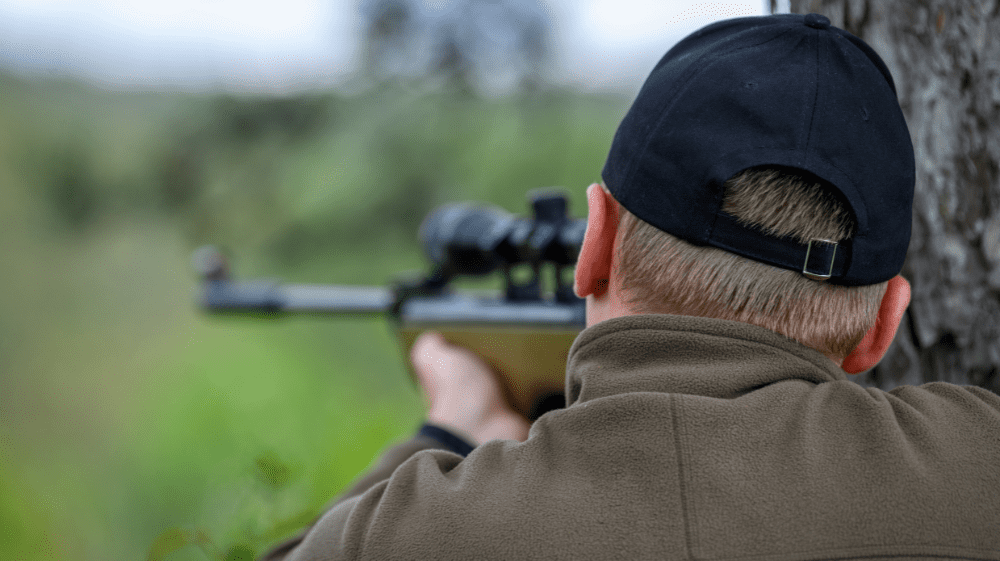
As a responsible shooter, you must be cognizant of your surroundings and shooting environment for safety:
Picking Safe Shooting Locations - Scout your shooting area and choose safe locations with good backstops and no chances for rounds to travel outside the area. Consider all potential angles.
Noting Weather Conditions - Be aware of wind conditions which can cause bullets to deflect off course. Also consider shooter stamina limitations in very hot or cold weather.
Being Aware of Your Backdrop - Always positively identify your target and maintain full awareness of what lies beyond it in case of overpenetration or pass-through.
Optic Inspection and Maintenance
Don't take an improperly inspected or maintained scope into the field. It could malfunction at an inopportune time.
Checking for Damage - Before each use, inspect your scope for any cracks, damage, or issues that could impede function. Recoil can jostle internal components loose over time too.
Keeping Lenses Clean - Use proper lens cleaners and microfiber cloths to clean any residue, dirt or smudges from the lenses before shooting sessions to avoid obstructed views.
Proper Storage and Transportation - Store scopes in a controlled environment to avoid temperature and humidity extremes. Always use protective cases when transporting scopes.
Legal Considerations
In addition to safety protocols, staying compliant with local laws and hunting regulations must be considered:
Understanding Local Regulations - Research and understand all local laws regarding shooting areas, permits required, legal shooting distances, and areas that prohibit discharging firearms.
Hunting Permits/Licenses - If hunting specific game species, ensure you have acquired the proper licensing and permits for the areas you plan to hunt and your methods.
Ethical and Responsible Practices - As shooters, we must strive to give back to the sport by following all ethical and responsibility codes of conduct for game hunting and shooting. Leave no trace, be respectful of nature and lands, and avoid unsafe practices. Leading by example benefits all sportsmen and sportswomen.
Conclusion
Shooting with a rifle scope can be incredibly rewarding while enabling accurate long-range performance. But that capability must be balanced with serious safety practices and responsibility. From mounting your optic properly to handling your firearm with safe muzzle control to scouting ethical shooting locations, there are essential steps to being a safe shooter.
Use this guide as a checklist before each shooting session or hunt to ensure you have followed the key protocols for rifle scope safety. Prioritizing these practices keeps you, others around you, and the environment free from potential injuries or accidents. With safety as the top priority, you can thoroughly enjoy the shooting sports for many years to come.




